After the merger, Vinh Long province is facing a historic opportunity to reshape and make a breakthrough, especially in the agricultural sector. According to economic experts, the province needs to build complete agricultural value chains from production to deep processing and export, taking advantage of and exploiting agricultural potential to develop modern agriculture.
 |
| After the merger, Vinh Long province has combined potential and agricultural strengths. Photo: NGO ANH KHOA |
The agricultural sector has huge "room"
With the advantage of sweet alluvial soil, Vinh Long province possesses extremely rich and diverse agricultural resources. Its typical strengths are rice; aquaculture, exploitation and processing of aquatic and seafood products; and key fruit trees such as oranges, green-skinned grapefruit, mango, longan, rambutan, coconut, durian; seedlings and ornamental flowers... In particular, with 160,000 hectares of fruit trees, the province contributes up to 60% of Vietnam's coconut output, bringing in an annual revenue of more than 1 billion USD.
Meanwhile, the province has reorganized production towards value chains, formed concentrated production areas for key crops, issued growing area codes, applied GAP, organic, VietGAP standards, etc. Building product brands associated with the processing industry, serving domestic consumption and export. At the same time, the irrigation, electricity, and transportation infrastructure systems have been invested synchronously to serve specialized production and consumption.
Ben Tre province (old) strongly develops coconut trees, fruit trees, ornamental flowers and seedlings... leading the country in area and output of coconut trees with 79,697 hectares, output of over 707 million fruits; area of fruit trees reaches 23,045 hectares, output of 280,960 tons... Tra Vinh province (old) has a growing agricultural economy, developing in the direction of commodity production, forming concentrated raw material production areas.
Meanwhile, agriculture is identified as one of the four economic pillars of Vinh Long province (old). With the rice area in 2024 of nearly 110,000 hectares, the output is about 676,829 tons; the estimated area of color crops is 47,124 hectares, the output is about 926,126 tons; the area of perennial crops is about 72,052 hectares, the output is 1,574,500 tons...
Ms. Ho Thi Hoang Yen - Standing Deputy Secretary of the Provincial Party Committee, said that if Ben Tre province is the leading locality in fruit and coconut production, Tra Vinh has advantages in renewable energy and coastal aquaculture, then Vinh Long has strengths in fruit trees, vegetables and commercial sweet potato production.
This combination creates the premise for the development of a comprehensive agricultural value chain from raw material areas to processing and consumption. Agriculture still has great room to transform into a smart, ecological and high-tech agricultural model, increasing the added value of products, while also being an abundant source of raw materials for the processing industry...
Many opinions say that the establishment of the new Vinh Long province with fertile freshwater alluvial land, is a center for producing high-quality rice, specialty fruit trees and an important seed granary of the whole region.
Mr. Le Anh Duc - Head of the Regional Planning and Development Department (Institute of Strategy and Economic-Financial Policy) analyzed: "Surrounded by two large rivers, the Tien River and the Hau River, Vinh Long creates a dense system of canals, providing an abundant and stable source of fresh water all year round - an extremely important advantage in the context of the Mekong Delta often facing drought and salinity".
 |
| Vinh Long is gradually forming high-quality rice areas in areas with stable freshwater conditions. Photo: TRAN THANH SANG |
From there, Mr. Duc emphasized that "agriculture will have room to become a pillar to shape a new development space. Vinh Long will have the potential to become an integrated food valley of the Mekong Delta on a large scale, building complete agricultural value chains from production to deep processing and export".
Meanwhile, Associate Professor Dr. Nguyen Ngoc Vinh (Ho Chi Minh City University of Economics) said that on the basis of three traditional agricultural provinces, Vinh Long needs to promote the program of promoting agricultural production according to the value chain, applying high technology and tracing origin.
The province needs to form specialized areas for growing key raw materials such as coconut (formerly Ben Tre), fruit trees (formerly Vinh Long), rambutan, rice and shrimp (formerly Tra Vinh)... to create a foundation for linking with processing enterprises and export markets. This program also needs to integrate the goal of transforming agriculture to adapt to climate change and protect land and water resources.
Developing high-tech agriculture and deep processing
Vinh Long province has formed large-scale specialized areas, which are easy to apply technology to the production process. Many agricultural products of the province have affirmed their brands, creating favorable conditions for standardizing VietGAP, GlobalGAP processes...
 |
| Vinh Long has strengths in key fruit trees such as green-skinned grapefruit, mango, longan, rambutan... |
In the development orientation for the coming time, the province aims to build a high-tech, ecological, organic, circular agriculture, adapting to climate change; developing green economic models, circular economy, becoming one of the agricultural economic centers of the Mekong Delta. Organizing concentrated production areas (especially coconut trees, food color plants, high-tech livestock and aquaculture), associated with infrastructure development and agricultural processing industry...
Experts also said that the province needs to reorganize production in accordance with provincial planning, local advantages, regional ecology and market demand. In particular, develop green, organic agriculture, apply high technology associated with agricultural tourism and environmental protection. Strengthen management of growing area codes, geographical indications, build and develop brands of typical products, and increase the value of agricultural products.
According to Mr. Duc, Vinh Long needs to take advantage of and effectively promote the advantages of high-tech agriculture and rural economy.
In particular, the coconut specialized growing area is planned to be a concentrated raw material area, especially in the areas of Giong Trom, Mo Cay Nam, Mo Cay Bac. Factories for deep processing of value-added products from coconut (coconut oil, coconut milk, activated carbon, cosmetics) are located in industrial parks and industrial clusters near the raw material areas such as Phong Nam, An Duc.
Forming specialized fruit growing areas with national seed centers (Cho Lach - Mo Cay Bac area); specialty fruit growing areas (Cau Ke, Tieu Can, Tam Binh, Long Ho...); high-tech aquaculture areas are planned in conjunction with processing plants and cold storage systems in coastal industrial zones, forming a complete shrimp value chain.
“In particular, it is necessary to form high-quality rice areas in areas with stable freshwater conditions, which will be planned as areas for producing high-quality rice, fragrant rice, and organic rice to serve high-end markets and export. Apply advanced farming processes, reduce greenhouse gas emissions according to the Government's 1 million hectare high-quality rice project…” - Mr. Duc recommended.
Dr. Ha Huy Ngoc - Director of the Center for Research on Local and Territorial Economic Policy and Strategy (Vietnam and World Economic Institute) said that Vinh Long needs to develop infrastructure and agricultural processing industry. Form deep processing industrial clusters associated with raw material areas; prioritize projects that meet international standards and serve exports.
Increase the attraction of businesses to invest in agriculture, develop agricultural enterprises associated with the value chain. “Convert the structure of crops and livestock to adapt to climate change. Develop key products with large raw material areas.
Forming organic raw material areas, GAP standards and equivalent; effectively implementing the Project on Sustainable Development of 1 million hectares of high-quality and low-emission rice cultivation associated with green growth in the Mekong Delta region by 2030. Striving to achieve a total high-tech shrimp farming area of 10,000 hectares" - Dr. Ha Huy Ngoc "suggested".
|
Article and photos: KHANH DUY - TUYET HIEN
Source: https://baovinhlong.com.vn/kinh-te/202510/kien-tao-khong-gian-moi-khai-mo-tiem-nang-phat-trien-ky-2-xay-dung-nen-nong-nghiep-thong-minh-hien-dai-va-toan-dien-4060638/


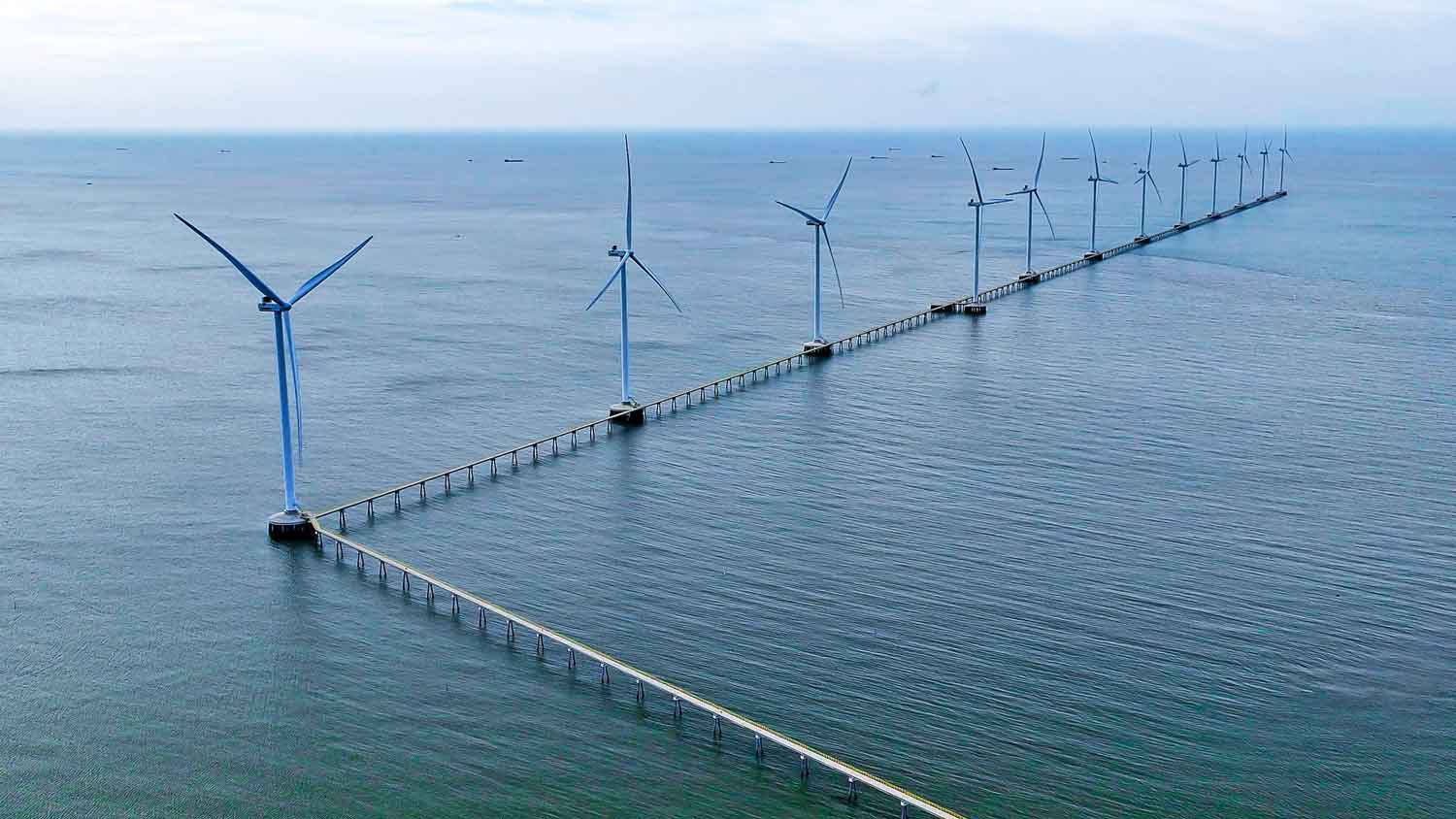

![[Photo] Prime Minister Pham Minh Chinh chairs a meeting of the Government Standing Committee on overcoming the consequences of natural disasters after storm No. 11](https://vphoto.vietnam.vn/thumb/1200x675/vietnam/resource/IMAGE/2025/10/09/1759997894015_dsc-0591-jpg.webp)


![[Photo] Prime Minister Pham Minh Chinh chairs the Conference to deploy the National Target Program on Drug Prevention and Control until 2030](https://vphoto.vietnam.vn/thumb/1200x675/vietnam/resource/IMAGE/2025/10/09/1759990393779_dsc-0495-jpg.webp)
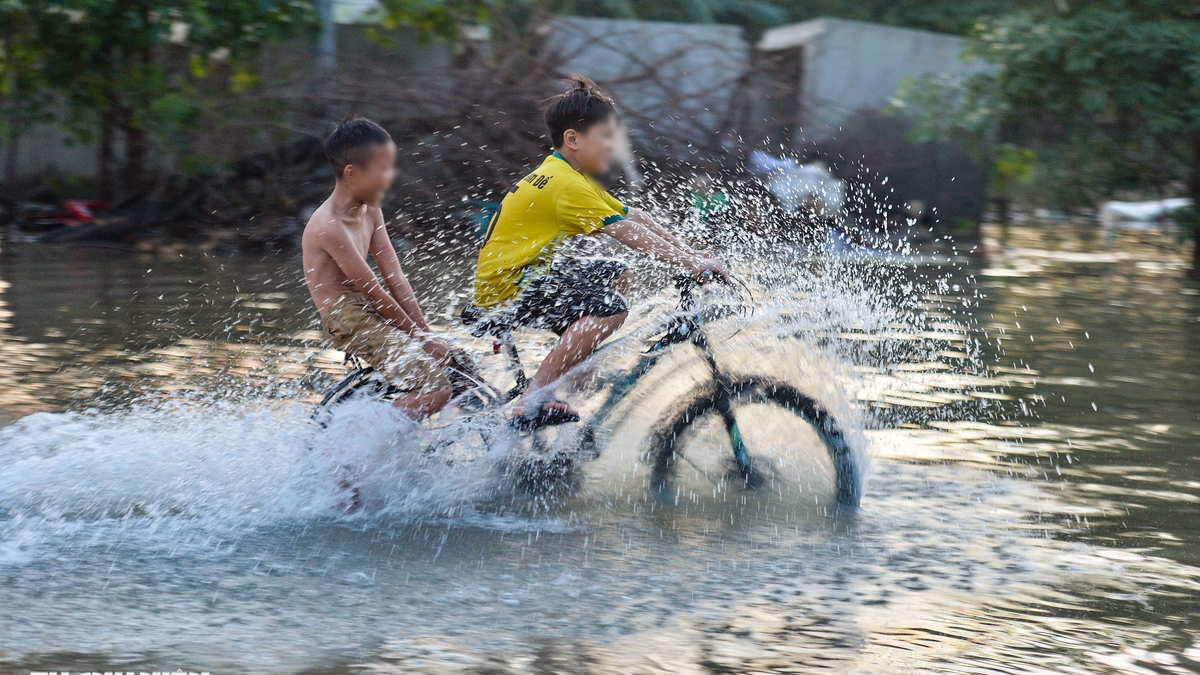
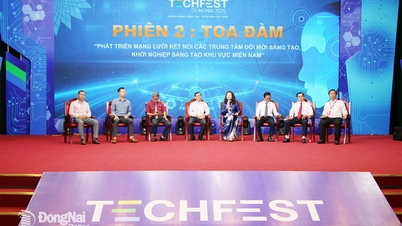



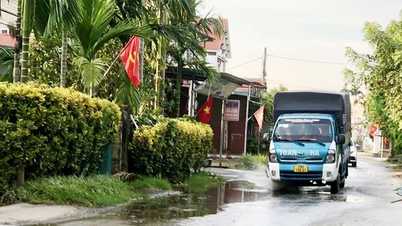



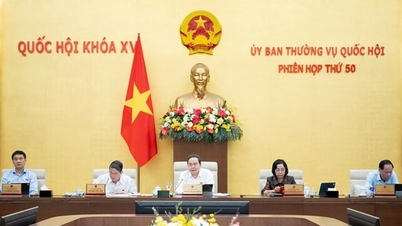

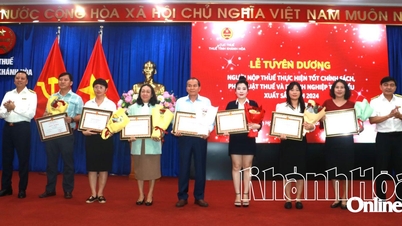






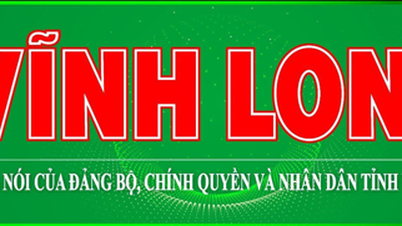
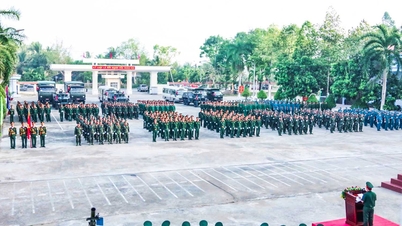

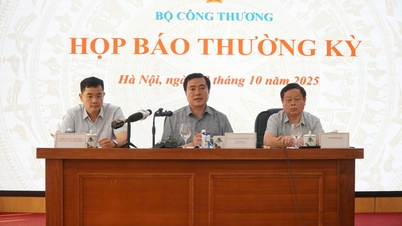



























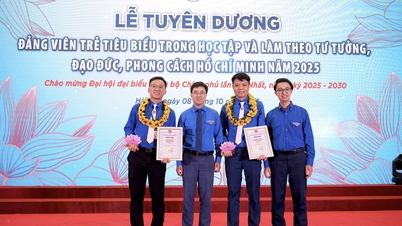
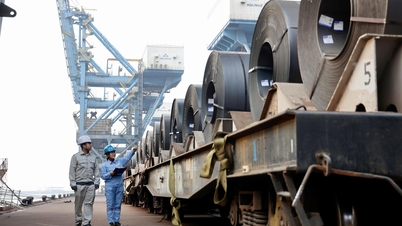






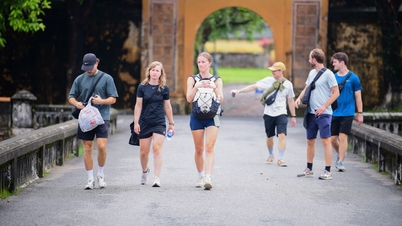


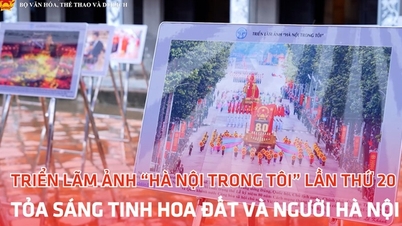



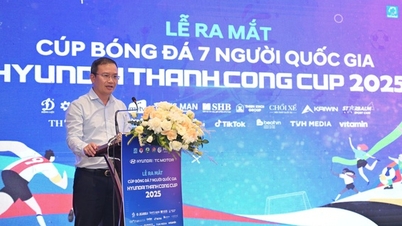
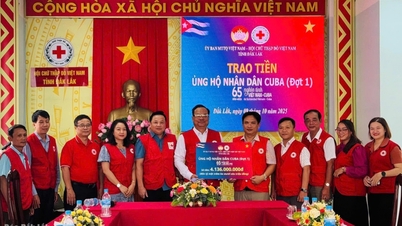


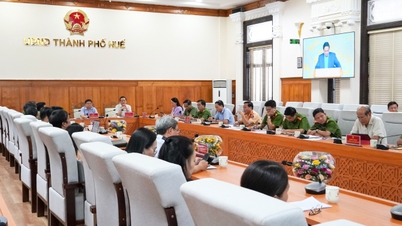

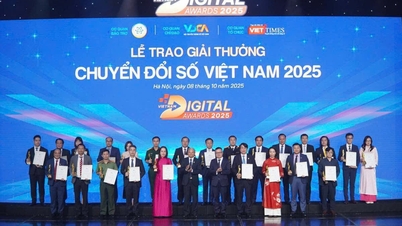

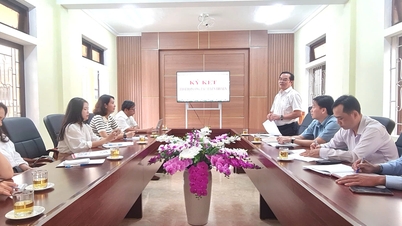















Comment (0)